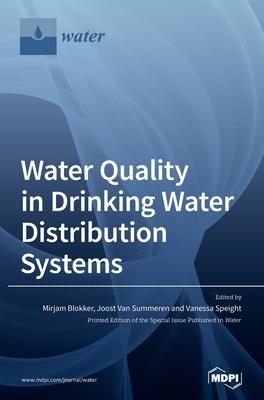Safe drinking water is paramount for the health and wellbeing of all human populations. Water is extracted from surface and groundwater sources and treated to comply with drinking water standards. The water is then circulated through the drinking water distribution system (DWDS). Within the DWDS, water quality can deteriorate due to microbiological growth, chemical reactions, interactions with ageing and deteriorating infrastructure, and through maintenance and repair activities. Some DWDS actions may serve to improve water quality; however, these can adversely impact the drinking water system and cause instances of poor water quality or disease outbreaks. We invited papers covering examinations of DWDS design and operational practices and their impact on water quality. We received papers based on practical research in real DWDS and laboratory test facilities. We also received papers on novel modelling approaches. A wide range of water quality aspects was gathered, including temperature, disinfection, bacterial communities and biofilm, (fecal) contamination and QMRA, and the effects of flushing and intermittent supply.

Water Quality in Drinking Water Distribution Systems
Safe drinking water is paramount for the health and wellbeing of all human populations. Water is extracted from surface and groundwater sources and treated to comply with drinking water standards. The water is then circulated through the drinking water distribution system (DWDS). Within the DWDS, water quality can deteriorate due to microbiological growth, chemical reactions, interactions with ageing and deteriorating infrastructure, and through maintenance and repair activities. Some DWDS actions may serve to improve water quality; however, these can adversely impact the drinking water system and cause instances of poor water quality or disease outbreaks. We invited papers covering examinations of DWDS design and operational practices and their impact on water quality. We received papers based on practical research in real DWDS and laboratory test facilities. We also received papers on novel modelling approaches. A wide range of water quality aspects was gathered, including temperature, disinfection, bacterial communities and biofilm, (fecal) contamination and QMRA, and the effects of flushing and intermittent supply.